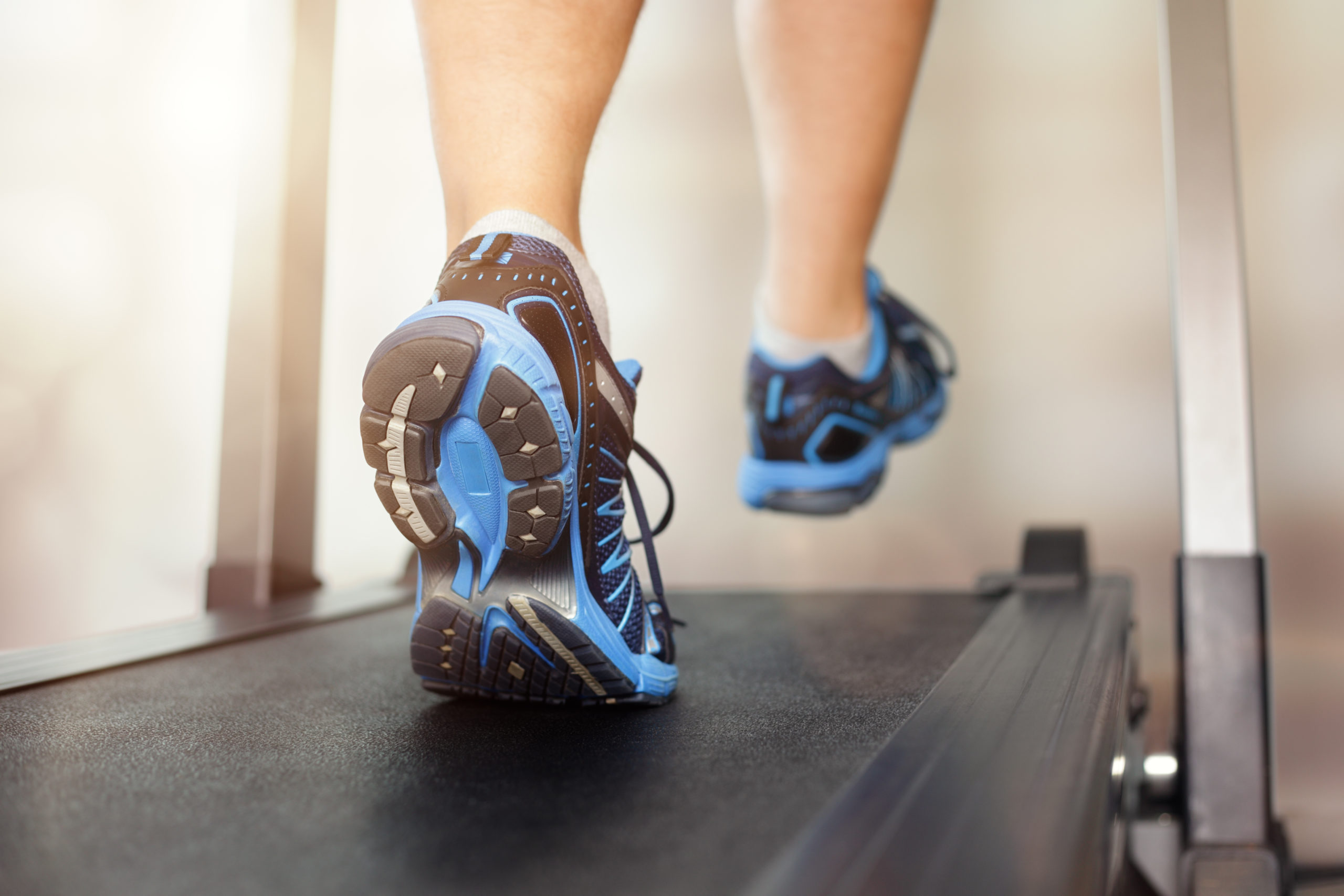
This should be a simple question to answer – Can orthotics help my balance? As with most things in life, it’s not always black and white. What academics all agree on is that as we age, focusing on improving your balance is important to longevity and quality of life.
What is balance?
Perhaps surprisingly, those who deal with it have struggled to settle on a single definition. At it’s most simple, it can be defined as the ability to distribute your bodyweight over your base of support. However, balance is much more complex than this. It involves the interplay of several different body parts of the body including the nerves in our muscles, joints, eyes and ears. Read more







